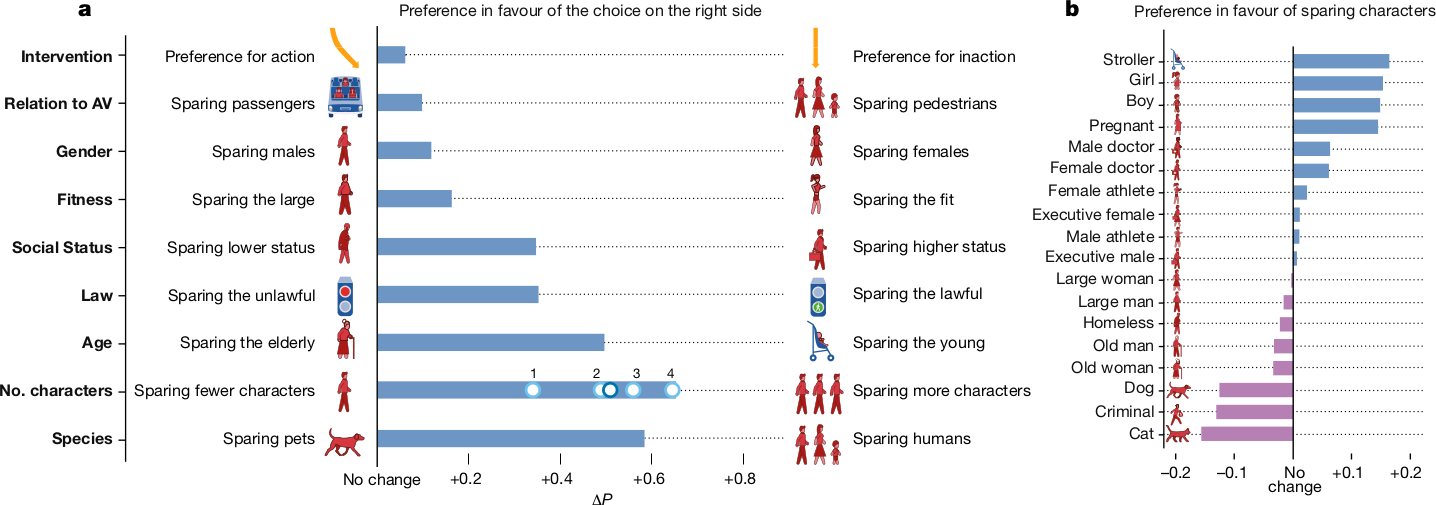That small thing? I saw a referer pop up from Butterflies and Wheels, when one of Ophelia Benson’s commenters linked to me as an example of outrageous behaviour. Whenever that happens, I refer back to the rule I established three years ago.
For my part, I wrote myself into a corner with that last post. “Ophelia Benson is transphobic” became a “dog bites man” story, there wasn’t anything new or notable about it. The best evidence was on the table, people had entrenched in their opinions, and there seemed little point in flogging that horse further. So I hate-read Benson for a few weeks or so, then got bored and stopped caring. Maybe twice in that time she’s been mentioned in my circles, I checked back in, asked myself and others “does this qualify as noteworthy?,” then after some deliberation decided it wasn’t.
This time, it was. So I did my homework, typed up the first of a two-part post, and promptly got distracted. I promised to return to it during Trans Awareness Week, then broke that promise as academics and life caught up to me. PZ’s post landed just as I was clawing back towards a more stable spot, so I dusted off those old drafts.




